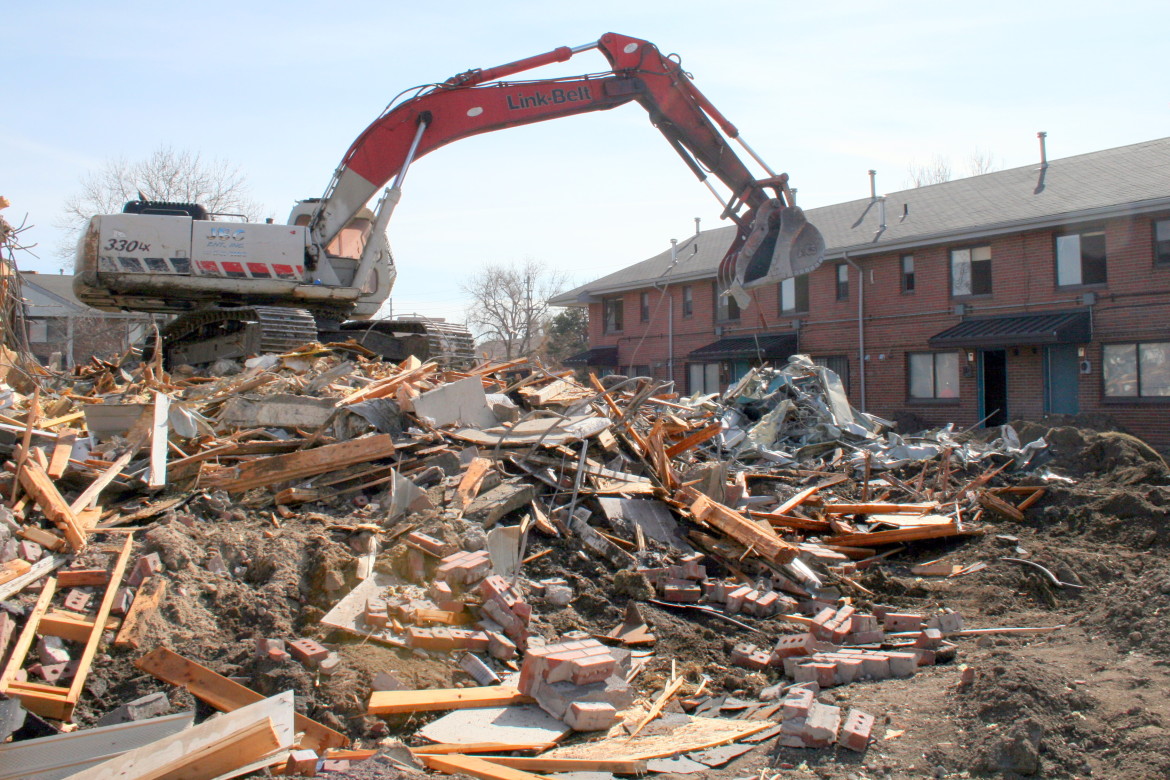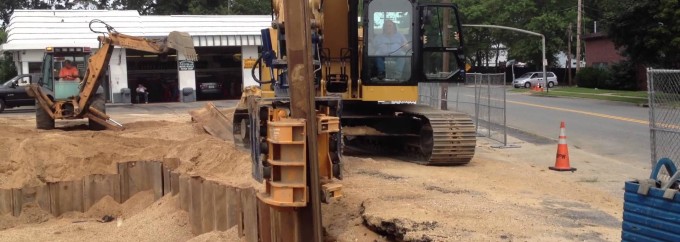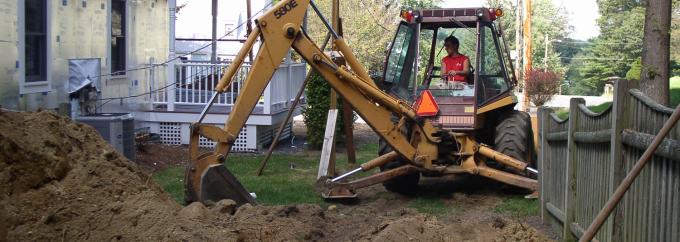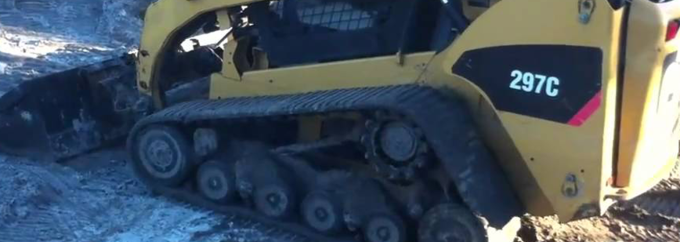Planning a renovation? Completing your own home remodel demolition can save you a boatload of money, but isn’t for the faint of heart. Put on some grubby clothes, pull on your gloves, and let’s get to work!
Hi, friends! Today’s post is all about the demolition phase of our home remodel. I’ve included some handy affiliate links for products that were indispensable to the success of our demo! You can catch up on the latest news by reading more about the remodel saga.
Without further adieu, here are the 7 Lessons I Learned During our Home Remodel Demolition:
1. IT IS GROSS
There’s really no getting around this one. As nasty as something might seem on the surface, just wait until you start pulling it out and you see what’s underneath!
Urine stained carpet is bad enough, but then when you have to pull out urine stained carpet pad and urine stained chipboard, you’ll understand what I mean.
Another thing that no one warned me about was the prevalence of rodent feces on a remodel jobsite. Seriously, it’s like everywhere. We found literal rat’s nests in our crawl space, and even discovered a pile of dog food squirreled away by rats under our kitchen cabinets.
Throw in years of cigarette smoke residue and you’ve got yourself a big old mess of YUCK. Put on your work gloves and get over it – you’ll feel so much better once all of that crap is out of your house!
2. HAVE A PLAN IN PLACE FOR TRASH
Definitely plan to get a big dumpster from your local waste management company.
Some items can be re-used, re-purposed, or given away on Craigslist (one person’s trash is another person’s treasure!), but some stuff just needs to never see the light of day again. You know, like all of that urine stained carpet you just pulled out!
We are lucky enough to have a space for a big burn pile on the property, so we made sure to keep separate piles for “trash,” “keep,” “donate,” and “burn.”
3. COLLECT YOUR TOOLS IN ADVANCE
There are a few tools that you will find invaluable for your home remodel demolition, and it’s best to round them all up ahead of time before you start your project. The less trips you have to make to the home improvement store, the better!
Designate a specific location to keep all of your tools and be sure to put them back there at the end of the day. It’s no fun to spend half your morning searching for your missing work gloves!
Here are the tools we used over and over again during our remodel demolition:
- A good crowbar
- A sturdy chisel (to remove wallpaper, floor staples and stubborn carpet pad)
- Contractor grade trash bags (found at Home Depot)
- Good work gloves
- Light-weight hammer (we used this awesome framing hammer)
- Utility knife and replacement blades
- Electric drill and bits
- Spray bottle (for wallpaper removal)
- Bucket (for plumbing fiascos)
- Broom and Dustpan (keep it clean, people)
- Shop Vac (get one with a filter that can suck up drywall dust, like this one from Rigid)
- Flat head screwdriver (to remove switch and receptacle plates)
- I also bought protective goggles and masks for everyone but no one ever used them!
4. DON’T BE SO DARN CAREFUL!
Realistically, the only things you need to worry about protecting from damage are your drywall, windows, bath tubs, and anything that will stay in the house.
We kept the solid oak bull nosing on the stairs so we could re-use it in the finished house.
Don’t worry about nicking up anything that you are planning to rip out. When you’re tearing out old baseboards, you should be careful not to damage the drywall, but it doesn’t matter if the old trim gets dinked up.
Basically, you can be a lot rougher than you think. Your crowbar will become your best friend! It’s really just using a few different methods to yank and pull stuff out of the house. You’ll be amazed at what everything looks like underneath. It really demystifies the home building process!
5. THERE’S A METHOD TO THE MADNESS
New cabinets can take quite a while to build, so it’s nice to get the old cabinets out of the way early on so your space can be accurately measured. This really helps you plan out your new space!
Next, focus on removing the carpets and carpet pad so you’ll have a nice, easy-to-clean chipboard floor.
It’s a lot easier to sweep up stray nails, staples, and debris from a flat, even surface than it is to let all of that mess fall onto your old carpet. Besides, you’ll need to get the carpet out of the way before you can remove all of your old shelving, door jams, and anything else that may have been installed before the old carpet.
Use a carpet knife or sharp utility knife to cut the carpet into manageable sections. Roll it up and carry it out of the house. The carpet pad should pull off easily from the ground; roll this stuff up, too, before disposal.
You may need to remove the baseboard around door frames before you can get to the carpet. Start in a corner or at a door jam and pull it up from there. It should release pretty easily from the staples. Use a razor blade tool or sturdy chisel to remove the staples left behind.
Baseboards and trim are easily removed with a crow bar. I prefer using my Wonder Barrather than thick styled bars. Think back to your high school physics classes and utilize leverage to your advantage. When removing the baseboards, be careful not to let your tools press against the drywall too much or they will break through and then you’re stuck repairing drywall.
If you have wallpaper that needs to be removed, prepare for the worst. We really had it tough; the only room in the house without wallpaper was the laundry room. Some of our rooms actually had wallpaper on top of wallpaper!
We found that the best way to remove it was to saturate it in a 1:1 mixture of fabric softener and hot water, then use a scraping tool (like this chisel) to help you peel the paper off the walls. In a few of our rooms, the wallpaper was so strongly adhered to a flat wall (wallpaper on top of textured wall is easier to remove) that no amount of fabric softener or elbow grease would remove it.
We talked with our drywall guys, and found that we could paint over the wallpaper withKILZ (a type of hardcore primer)to seal it against the wall. The caveat here was that once we started painting on the KILZ, some of the sections that wouldn’t budge started just falling off the walls.
We think this was because the paint was much thicker than fabric softener so it stayed wet on the paper long enough to soften it and dislodge it from the wall. In areas where the paper was coming off, we just removed it. If the KILZ went on over the paper and the paper didn’t move, we let the paint dry.
You may have already removed your sinks when you were taking out cabinets, but if not, then go ahead and do it now. Try to leave at least one toilet in the house until you absolutely need it taken out (for example, when you are ready to paint the bathrooms and need to get behind the toilet with a brush or roller).
Only when you have EVERYTHING that is being replaced out of the house can you begin the drywall process.
6. IT IS GOING TO GET WORSE – WAY WORSE- BEFORE IT GETS BETTER
It can be overwhelming when you walk into the house in the morning (or, even worse, wake up there if you are already living in the house!) and see a giant mess in every room.
If you’re the type of person who freaks out over a little mess, maybe you should consider hiring someone to complete your demolition.
7. ASK FOR HELP
But be sure to provide food and coffee (or beer) to all of your helpers!





I thought I am just a dreamer, but now I know how to become a doer. That’s cool, appreciate it!.
Will try to repeat your mantras every day. Hopefully they will help in my current project.
Follow your dream and it will turn to reality. A very inspiring article. Thanks for sharing!